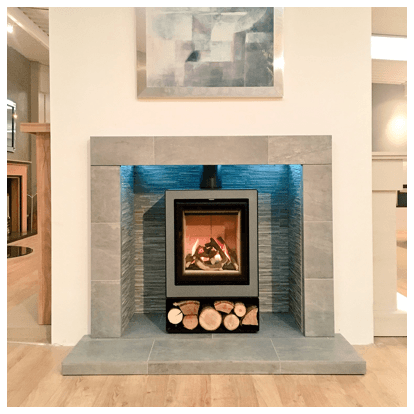Our Showroom
Call 01254 682574
Mon - Fri: 9am - 5pm
Sat: 10am - 4pm
Sun: Closed
Visit Our Showroom
Buy Fires Online
Sat: 10am - 4pm
Sun: Closed


